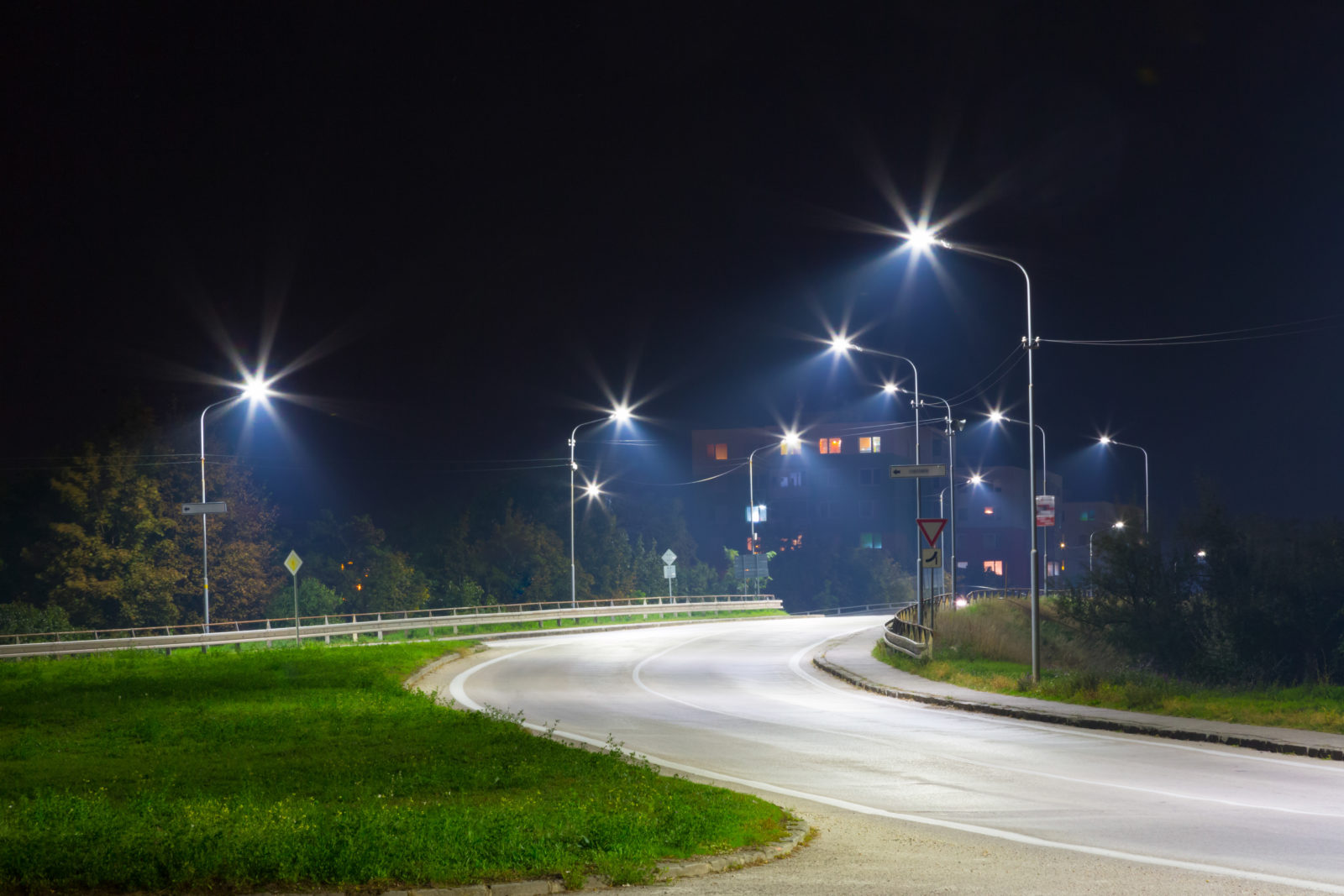What to Consider for Safe Street Lighting
2018-05-01
Considerations of safe street lighting will beg the question, “safe for whom?” Creating safe street lighting for pedestrians will involve different factors than making streets safe for motorists. Businesses and street residents will have their own ideas of what constitutes safe street lighting, as will city managers who are charged with using taxpayer dollars to pay for safe street lighting.
Regardless of what factors are considered, municipalities around the world, including Los Angeles, Chicago, Calgary, Adelaide, and Copenhagen, have concluded that LED lighting has the most utility and versatility for all safe street lighting considerations. As with many transitions to new technologies, some of these cities have needed to make adjustments to reduce glare and excessive brightness from some early generations of LEDs, but LED manufacturers have responded to these concerns with even better street lighting that reduces sleep-preventing glare and that provides the safest conditions for everyone.
Pedestrians and residents will most likely want street lighting that provides consistent targeted lighting on footpaths with no shadows or unlit regions that might provide cover for more dangerous elements. Newer generation LEDs are available in a variety of beam spread patterns that can be combined to give uniform illumination without spilling excess lighting onto houses where residents might not want interference from bright lights outside of their homes. Reducing light pollution and glare may be secondary to other safety considerations, but they are equally important to individuals who will deal with those issues.
Motorists will want intersections and roadways to be sufficiently lit to help them to see oncoming traffic and road hazards. The consistent and uniform lighting that LEDs create will also help reduce eyesight fatigue among motorists. That fatigue is typical when drivers move through alternating light and dark zones that might be created with less uniform lighting systems. LED street lighting that has an optimum combination of lighting color temperature and color rendering index will also give drivers the best opportunity to see subtle color contrasts on surfaces and objects, thus further improving conditions for safe driving.
City planners are beginning to better appreciate how LED street lighting can reduce their operating budgets with better illumination that costs less and that has a lower carbon footprint than traditional street lighting. With greater savings on city utility bills, city can reallocate budgetary expenses to law enforcement and other areas of a city’s management that improve overall safety.
Those planners may also appreciate the superior lighting control capabilities that LEDs can give them. Newer LED street lighting systems can include motion sensors and other optical controllers that brighten or dim street lighting as a function of different levels of pedestrian or motorist traffic. With this technology, streets can be made safer without keeping street lights on at all times during evening hours. Internet-connected LED lights can also accumulate data on traffic volume, which could further enable city planners to allocate street lighting to places where they are most needed for optimum overall safety.
Achieving the safest street lighting in any urban environment will likely always be a work in progress. Advances in LED lighting technology are making great contributions toward that goal.
STAR EVER LIGHTING is a premier supplier and distributor of LED bulbs, fixtures, and systems for street lighting and a host of other safety lighting applications. For more information about our products and services and for answers to questions about how LEDs can lead to safer streets, please see our website: www.stareverled.com
Prev: Save Money with Energy Efficient Lighting
Next: No




